How and how to treat lilies from beetles: red, black and Colorado?
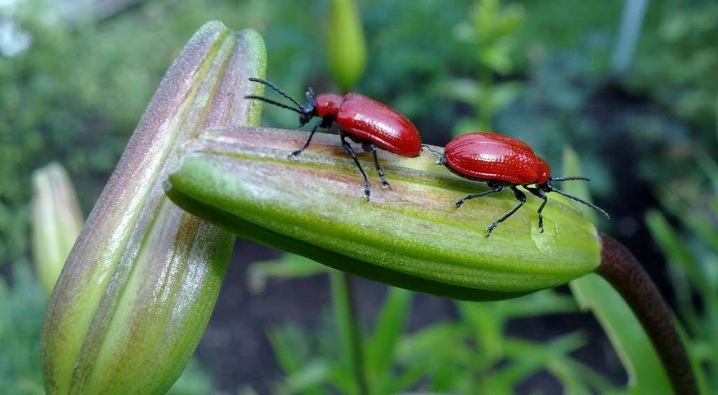
In search of a perfectly beautiful and hardy flower for growing in a flower bed or in a front garden, many experienced growers opt for lilies. For a long time, this particular plant has been an irreplaceable decoration of the local area and summer cottages.
In this article, we will talk in detail about how to prevent the attack of various beetles that can harm a beautiful flower.
Pest overview
Lily is an extraordinarily beautiful flower. It is loved not only by those who grow this plant and admire it, but also by various pests. The last, taking advantage of any convenient opportunity, be sure to start an attack on the flower, thereby causing serious harm to it... Even though the lily belongs to hardy and strong plants, it can die from the attack of pests.

Pests among the representatives of the class of beetles that most often attack the lily.
- Red beetle. He is also called a firefighter or squeak. He is considered the most dangerous. These insects are leaf beetles. Such beetles provoke the following diseases - fungus, mold, and other bacterial infections. This firefighter eats the green part of the plant. While on the plant, the beetles also mate, after which the female pest begins to lay eggs, which after 24 days turn into larvae. The young growth that appears is able to eat not only green leaves, but also buds, stems and buds.
- Colorado beetle. It is well known to everyone that it can harm not only vegetables, but also flowers. Just like the red beetle, the Colorado potato beetle eats the green part of the plant, multiplies, and its offspring can completely destroy the culture.
- Spider mite. For him, the greatest delicacy is the juice of a young shoot. One individual can organize a large colony within a short period of time and completely destroy the flower.
- Lily fly. During its habitat on lilies, it rapidly lays eggs, from which the larvae hatch. The pest enjoys pistils and stamens.
- Medvedka. Her main target is the roots of the plant, she eats them. Can also damage bulbs and shoots.
- Khrushch. The scheme of action of this bug is similar to that according to which the bear acts, that is, the root system of the lily is under threat. The appearance of the crust is fraught with death for the plant.
- Onion fly-hoverfly. Its purpose is to lay eggs in the soil near the plant. When they turn into larvae, they quickly eat the leaves and the bulb.
- Wireworm. It can be seen very often on potatoes. It is an orange insect that resembles a caterpillar. If an individual falls on a lily, it begins to eat the bulb with great appetite, which ultimately rots, and the flower dies.
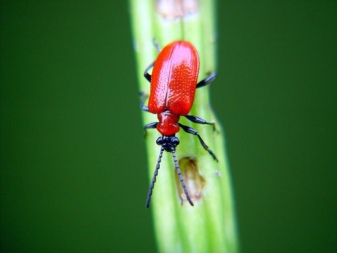
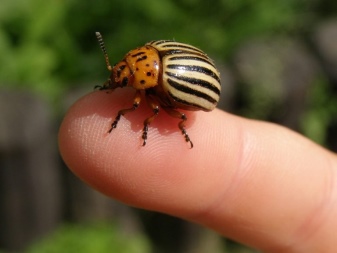
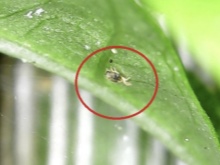
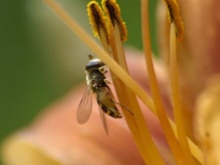
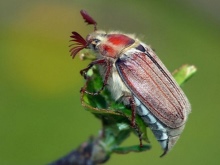
Reasons for the appearance
Many lovers of green vegetation, including lilies, are wondering what can cause pests to appear on the plant.
In fact, there are not so many reasons that contribute to the attack of beetles and other insects, but the main ones can be distinguished.
- Incorrect landing site. It is very important to observe the correct neighborhood and soil.
- Untimely measures to prevent the appearance of pests. It is advisable, before planting a flower, to prepare a place in the spring and treat the earth with special preparations.
But, unfortunately, even the most prudent flower growers are faced with the problem of the appearance of pests that can easily migrate from one plant to another and lay the larvae in a new place.
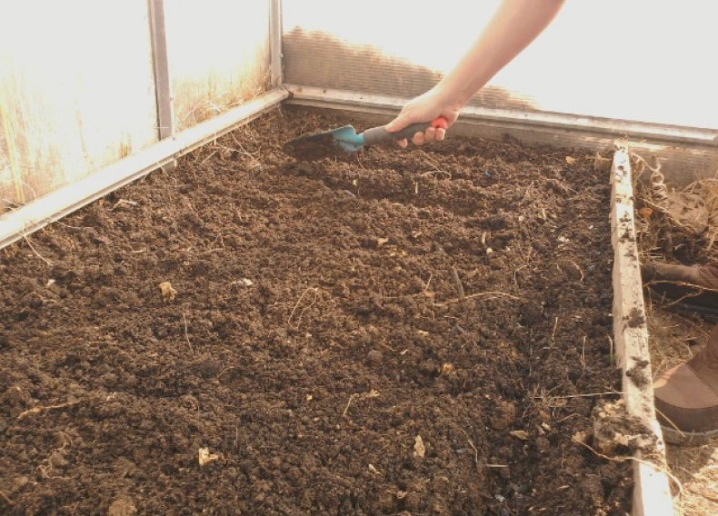
How to get rid of bugs?
Before you start fighting the aggressors, you need to recognize which harmful insect attacked the lily.
The information in the table will help with this.
Pest | Signs of presence |
Red beetle | There is no need to look closely at the flower: the beetle is bright and large, it can be seen with the naked eye. |
Colorado beetle | Eaten leaves and the presence of orange eggs on them. |
Spider mite | The plant is covered with small red dots. |
Lily fly | The presence of this pest becomes noticeable when the plant begins to bloom. At the same time, the flower is ugly, shapeless and quickly begins to rot. |
Medvedka | The presence of numerous holes around the soil. |
Khrushch | To identify this "beast", you need to dig up the soil - it is in the ground near the root system. |
Onion fly - hoverfly | Small black flies that swarm near the lily are the bear. It is impossible not to notice them. |
Wireworm | Eaten leaves and bulb. |
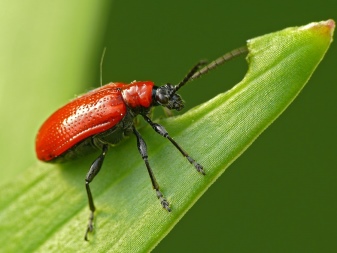

But be that as it may, for each of the above listed pests, there is a way of fighting.
They will save from the red beetle special preparations "Karbofos", "Inta-Vir", "Decis"... The plant must be sprayed according to the instructions.
The Colorado potato beetle is afraid of drugs that are used to get it out of potatoes, but if the instructions indicate that they are harmless to flowers.
"Aktellik" and "Fitoverm" will relieve the spider mite. But the remedy for the lily fly, unfortunately, has not yet been invented. There are only substances with which you can reduce the number of individuals on a plant - this is "Karbofos" and "Ditox".

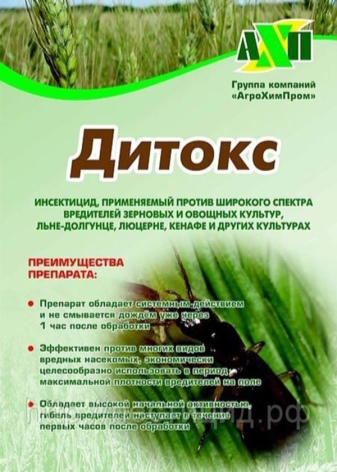
The ideal option in the fight against a bear is special traps - these are pits dug and pre-filled with manure. On the way to the plant, the insect may linger in this natural substance and not get to the lily.
"Grizzly", "Thunder" and "Medvetox" - these drugs will help to remove the beetle.
When hoverflies begin to fly en masse over a flower, it needs to be watered "Karbofos" or "Inta-Virom"... As for the wireworm, use drugs such as "Pochin", "Vollar", "Provotox" or "Medvetox"... Also, a solution of potassium permanganate, which needs to be sprayed on the plant, will help to cope with the wireworm.
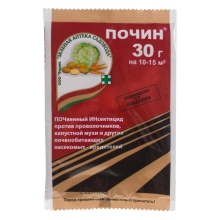
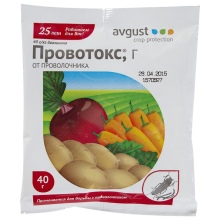

There are other ways as well. They are more suitable for supporters of folk wisdom, which has found its application in pest control, therefore, if you do not want to treat the flower with chemicals, use folk remedies:
- collect pests and their larvae by hand;
- try to wash off the pests with a stream of water, then collect from the ground and destroy;
- you can spray the plant after planting with a natural solution (you can prepare a mixture from dry mustard, laundry soap, ash and wormwood, you can process a flower with such a homemade solution only once a week);
- dry mustard or ash can be applied to the plant;
- so that the beetle larvae do not crawl out of the ground and attack the flower itself, the soil near the plant can be covered with a film.
But such methods will only partially solve the problem. In most cases, folk methods of pest control can only temporarily scare off adult beetles, but they cannot cope with their larvae.
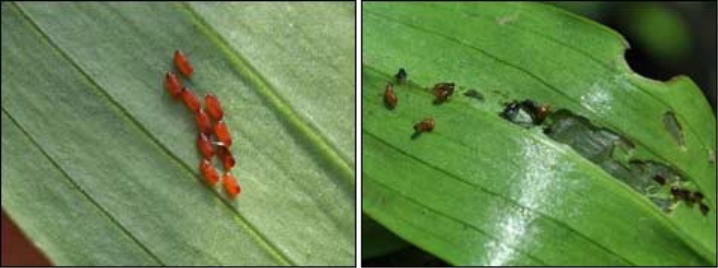
Prevention measures
In order to prevent the appearance of pests on lilies, preventive measures can be taken to reduce the risk of beetle attacks. Experts recommend:
- before planting a plant, reduce the acidity of the soil with lime or wood ash;
- with the arrival of autumn, it is imperative to dig up the soil and mulch using peat;
- Before planting, treat lily bulbs with a drug called "Bazudin"; you can also use special substances - acaricides.
Absolutely all preparations with which you will process the soil or plant must be certified and of high quality. Also, make sure that instructions are attached to the drug, since you need to act exclusively in accordance with it.
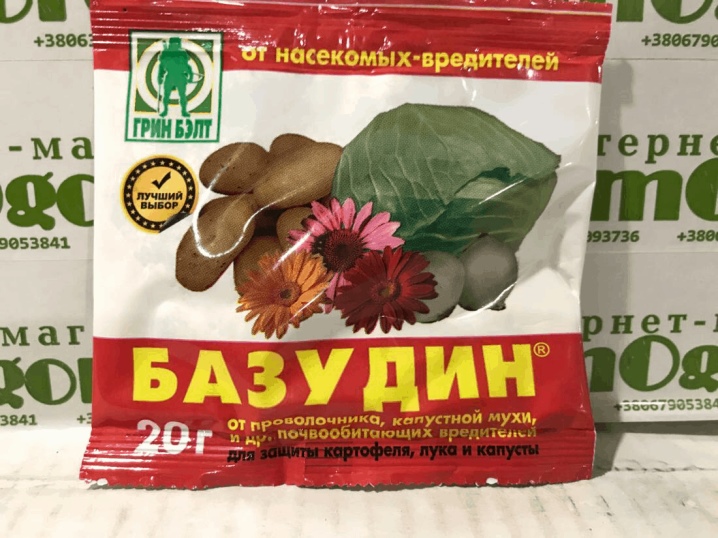
For pests of lilies and how to deal with them, see below.







































































































The comment was sent successfully.